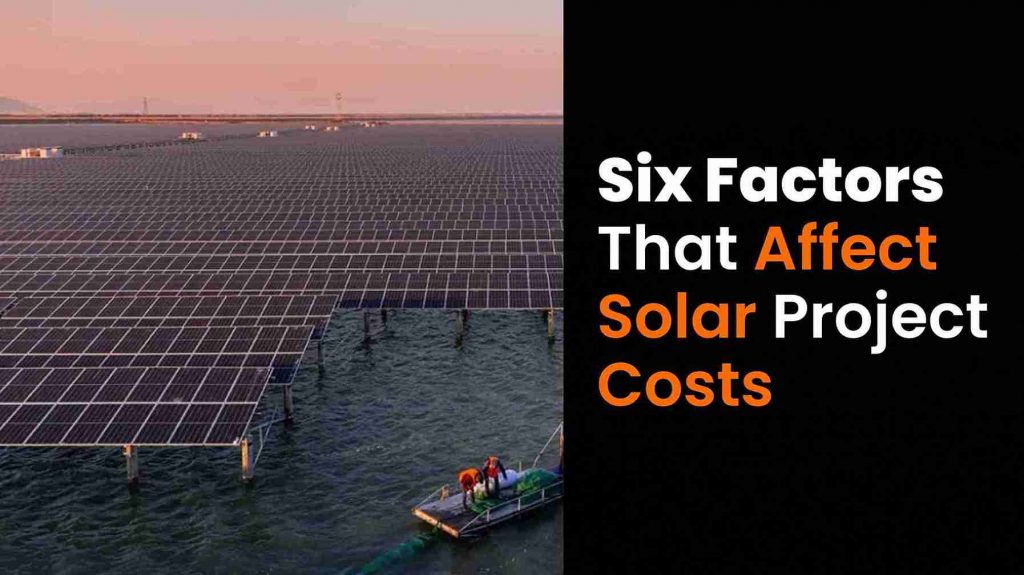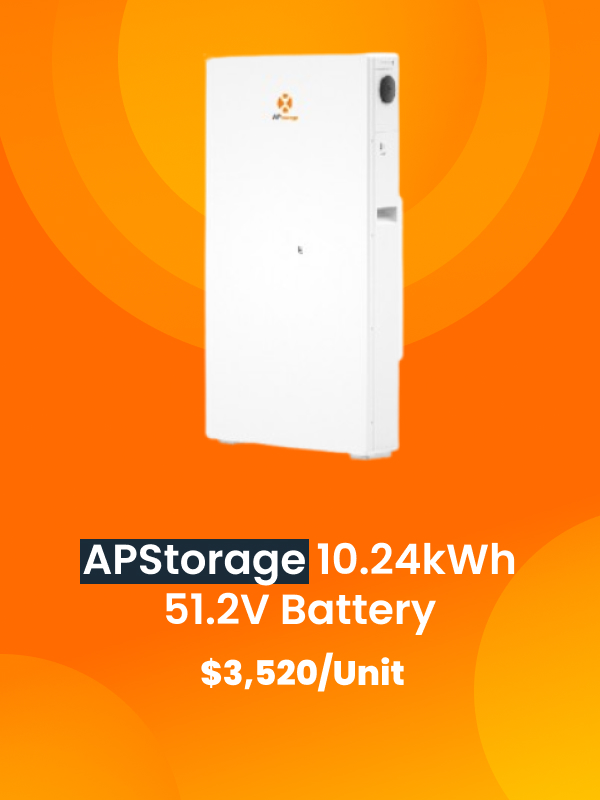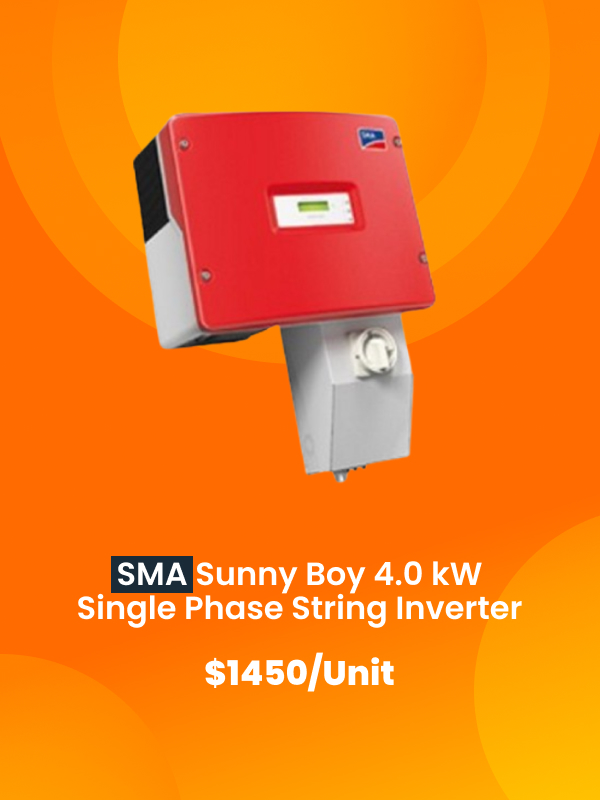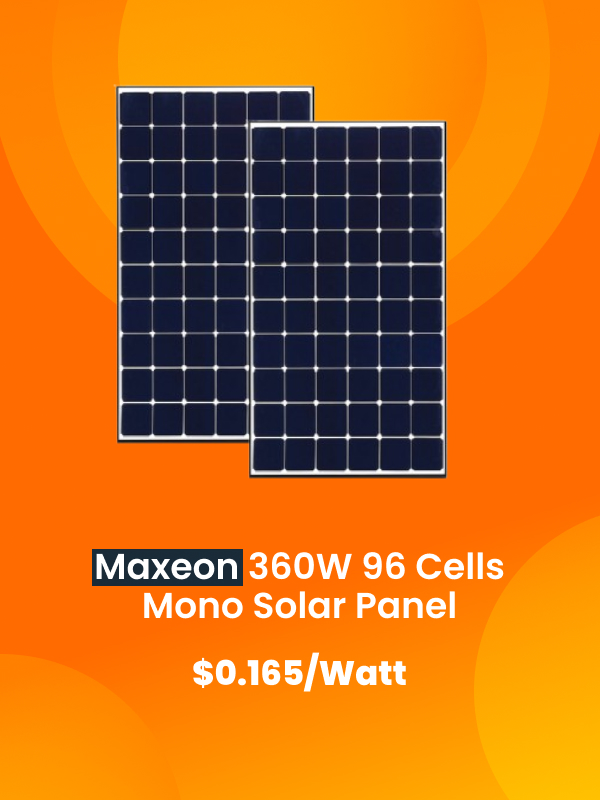Solar System Costs
When we meet customers who have been shopping for solar systems online, they often tell us that vendors are steering them away from the cost conversation more than they feel comfortable with.
If cost is a major factor, rather than tiptoeing around the issue, let’s break the solar system down to its parts and consider what contributes to the cost of solar projects and how customers can increase their ROI.
If focusing on cost is where you are right now, or if you’re just a detail-oriented type, then this is the blog for you.
The market price of solar materials has decreased significantly over the last decade
Are you a numbers person? If so, you’ll like these next ones. If not, we’ll keep it quick.
The cost of installing a solar system has decreased by almost 90% since 2010. Industry trends like this often require explanations other than “people just like it.”
This trend is explained by Swanson’s Law.
SunPower Corporation Richard Swanson first observed in a 2012 Economist article solar module prices drop 20% for every doubling of the cumulative shipped volume. At present rates, costs go down 75% every decade.
These dramatic declines in material costs mean significantly lower burdens to end users as well.
Price per watt (PPW) is the metric most commonly used to calculate and compare multiple solar quotes. PPW is calculated by adding the gross system cost (permits, materials, warranties, taxes, finance costs, rebates) and dividing by the system size (panel DC watts * the number of panels). The SEIA estimates the national average of a residential solar system to be just under $3/watt. After applying any state rebates and the 30% solar investment tax credit, yours could be even higher.
The three types of solar panels are priced very differently
End users should take panel quality into consideration. How do I choose the best type of solar panel for my home?
To a homeowner or business owner, panels are a long-term investment. The longer they last, the greater the return on your investment. Especially in states where net metering and SREC purchasing are available.
There are three types of solar panels. Polycrystalline and monocrystalline panels are silicon-based and are known for their durability and quality. Monocrystalline modules are manufactured from a single silicon crystal and are of higher quality than polycrystalline, which is thinner and is made of multiple crystals. Thin film panels are manufactured from various materials and are known for their cost-effectiveness and ease of use.
Here are the numbers:
Polycrystalline
Efficiency rating- 13-16%
Capacity rating- Up to 350 watts for 72 cell panels
Lifespan- 25-35 years
Monocrystalline
Efficiency rating- 15-20%
Capacity rating- Up to 400 watts for 72 cell panels
Lifespan- Up to 40 years in studies (link Sandia study blog)
Thin film
Efficiency rating- 7-18%
Capacity rating- Up to 200 watts per panel
Lifespan- 10-20 years
While polycrystalline is the highest quality panel, it may not always be the right panel for you. Talk to one of our solar experts to discuss the factors (such as location, roof type, weather, and cost) that can determine which panel makes the most sense for you.
There is additional equipment that factors into solar system costs
Solar Batteries
Solar batteries are an optional unit that store energy generated by your panels and operate as a backup power source. If you’re in an area that commonly experiences outages or where net metering isn’t available to offset costs, a battery will improve the value of your solar investment.
The cost of solar batteries has decreased significantly along with other materials, ranging from $200 to $15,000. Some high-powered battery banks can be much higher.
Solar inverters
Without an Inverter, you are powerless- literally. Inverters convert DC power from solar panels into AC power that can be used by household appliances. They price under $100 for lower-powered options to $8,000+ for the big ones.
The cost will be determined by the VA rating of the inverter. This rating depends on the peak load requirements, or maximum amount of power, your property needs.
Installation is an additional cost with a variety of factors to consider
Installation costs vary depending on the size and complexity of the system you’re looking to install. What is your roof type and shape? How much shade do you get? Permits and material costs should be factored in as well.
Sunhub partners with experienced installers to whom we’d be happy to refer you. Just ask.
Solar panels have minimal to zero maintenance costs
Maintenance is a common concern with new customers, as it should be with any new purchase.
Solar is a very low-maintenance endeavor. Newer installs often come with an app that allows you to monitor their performance. This can be gratifying, especially when you see money coming in from net metering.
If you notice that their performance is struggling, check to see if they are obstructed by debris like leaves. We’d also recommend you hit them with a hose or leaf blower every 6 months to a year if they were not installed at a slant.
Costs can be next to nothing if you take care of your panels.
Net metering and SRECs improve your return on investment
Net metering
You can recoup solar costs by taking advantage of net metering. Net metering is a program that allows you to get paid for supplying your excess energy back to the grid. The states that offer it have different policies on how much utility companies pay and how the payments are received, but solar customers are compensated in all cases.
SRECs
A Solar Renewable Energy Credit, or SREC, is 1 megawatt-hour of electricity. Utility companies buy these from solar customers in a market that fluctuates, like the stock market, based on supply and demand. You can sell them yourself or have them managed in a portfolio.
What’s the bright idea?
As you can see, various factors drive solar material costs and can ultimately determine the total cost of an end user’s solar system.
We discussed how the manufacturing and distribution of solar materials have decreased costs over the last decade. We also reviewed how panels, equipment, and installation factor into the total project cost. Then we touched on net metering and SRECs to give you an idea of how solar customers can make an ROI on their solar panels.
If you’re ready to learn more about how solar can benefit you or your customers, contact our sales team to get started.




